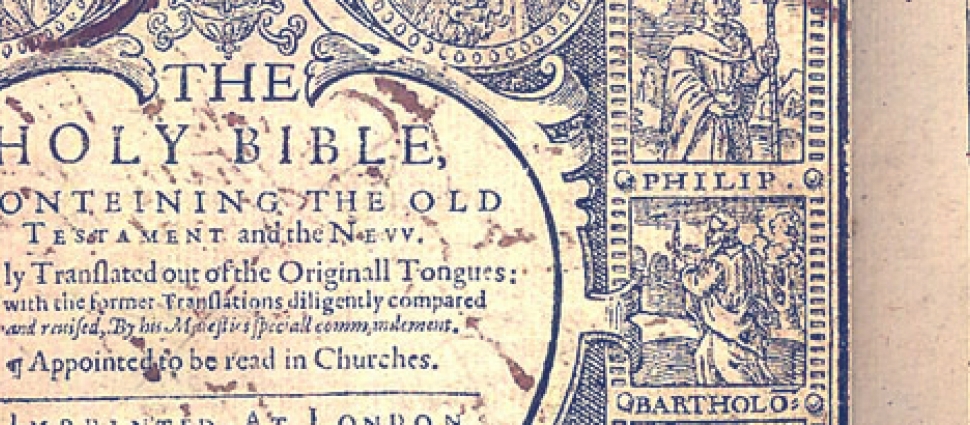What is Puritan Theology?

Answering the question, “What is Puritan Theology?” may sound too much like attempting to define Puritanism, a slippery term that evades a crisp definition or at least agreement on one. Indeed, there exists a great deal of overlap between Puritanism and Puritan Theology, but I hope to add a little something to the discussion.
Yes, I will begin with the term, “Puritan,” and know we find more questions than answers initially when considering it. In this brief post, I will not even try to address such questions; John Coffey and Paul C.H. Lim in their introduction to The Cambridge Companion to Puritanism (2008) provide a helpful discussion on the term, and I have gleaned much from them in my perspective.
In my discussion, I will start with the first part, “Puritan,” though in the process I cannot help but treat the second, “Theology,” at the same time. In general, those considered Puritans were:
- Heirs of the Protestant Reformation in their focus on salvation by grace, through faith, in Christ, according to the Scriptures, to the glory of God – alone;
- Reformed rather than Lutheran in their theological convictions and part of what we consider Reformed Orthodox;
- Concerned, in the 17th century primarily and in the Church of England initially, with carrying the English Reformation beyond its semi-Reformed theology and partly-Romish liturgy;
- Vigorous proponents of personal reformation and practical divinity.
In connection with the description above, I believe Puritanism to be limited historically and geographically as a contextualized phenomenon. It arose in England within the national church in the late 16th century (during the reign of Elizabeth I), not long after the term “Puritan” was first used to mock those pushing for deeper reform. Puritanism grew up, but not without struggles, under James I and Charles I (up to the 1640s); flourished and fragmented during the rule of Cromwell (1650s); waned during the Stuart Restoration (1660s-1680s); and fizzled around the time of the Glorious Revolution (1688) and The Toleration Act (1689). This was at least the case for England. In New England, where Puritanism had been exported (along with other areas such Ireland and Wales), it thrived well into the 18th century.
My approach, then, does not employ the label “Puritan” for big British names of other centuries, who impact or were influenced by Puritanism (e.g. William Tyndale of the 16th, John Gill of the 18th , Charles Spurgeon of the 19th, or Martin Lloyd-Jones of the 20th). Likewise, Puritanism really does not encompass (even for the 17th century) the Scottish Covenanters (e.g. Samuel Rutherford) or “Further Reformation” of the Netherlands (e.g. Wilhelmus à Brakel). This by no means minimizes the vibrant Puritan connections in these countries.
Concerning theology, there exists no unanimity for the Puritans, with its ranks including (not without debate!) neonomians, antinomians, Congregationalists, Presbyterians, Erastians, Baptists, Arminians, and even possibly an Arian. Still, in general, the Westminster Confession of Faith (1646) provides the closest summary (along with support from the Larger and Shorter Catechisms) of a Puritan Theology with its: Foundation of faith and practice found in the Scriptures alone; historic orthodox understanding of the Trinity and Christology; Reformed soteriology highlighting union with Christ for his benefits as prophet, priest, and king; overarching covenantal structure of works and grace stressing a two Adam theology in relation to both the history and order of salvation; two sacraments of baptism and the Lord’s Supper; requirement for church discipline; accent on the third use of the law; Sabbatarianism; and eschatological outlook concerning the Second Coming and the resurrection of the dead for eternal judgment or glory. The substance of such a theology was upheld by those called Puritans who nonetheless made minor changes to this confession in the Savoy Declaration (1658) highlighting congregationalism and the London Baptist Confession of Faith (1689) demanding believers-only baptism.
Finally, I want to discuss a pronounced theological emphasis for Puritans and, I believe, essential to understanding “Puritan Theology.” Joel Beeke and Mark Jones encapsulate this focus in the subtitle for their monumental Puritan Theology (2012), namely, “Doctrine for Life.” They stress how practical the Puritans were in their theologizing, which certainly connects to the foundational work of William Ames, in The Marrow of Sacred Divinity (1627). There, he says “Theology is the doctrine of living to God.” In this way, what God reveals to us in his Word serves to lead us back to him in our lives.
Certainly, the Puritans were not the first to link the study of theology with piety. As heirs of a maturing Reformed theology, they no doubt knew of Calvin’s twofold knowledge of God and self, which was related to wisdom and intimately connected to our worship of and life unto God. Thus, the Puritans have been known for their “experimental” (experiential) Calvinism which saturated not just their sermons but all of their writings, even the most theological and academic.
Many criticize Reformed theology then and now as cold, dead orthodoxy, which it can at times and must never be. Puritan Theology shunned such a tendency. May we do the same.





